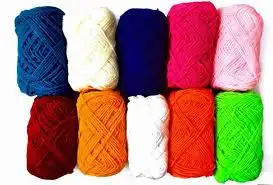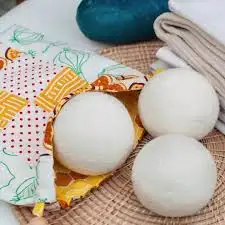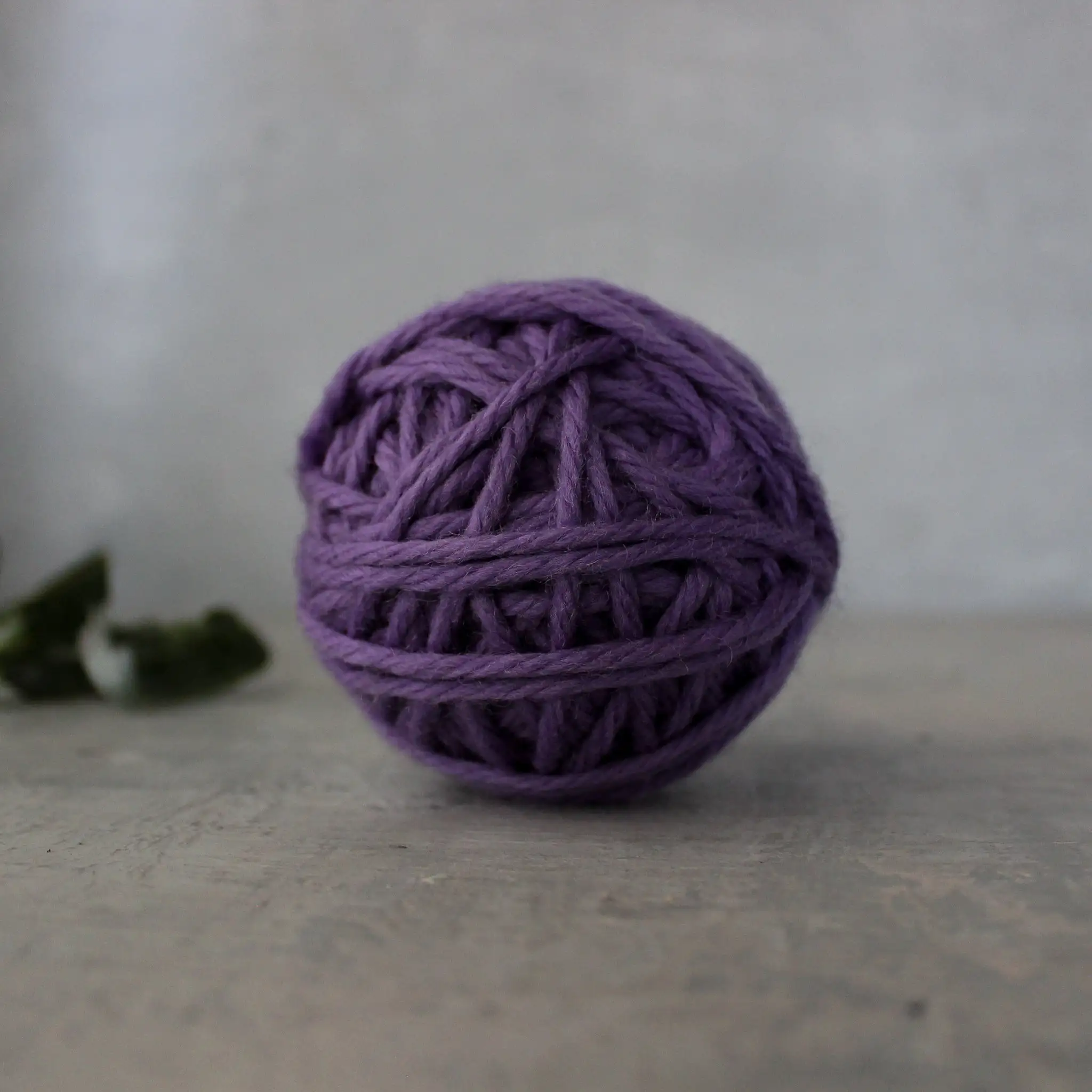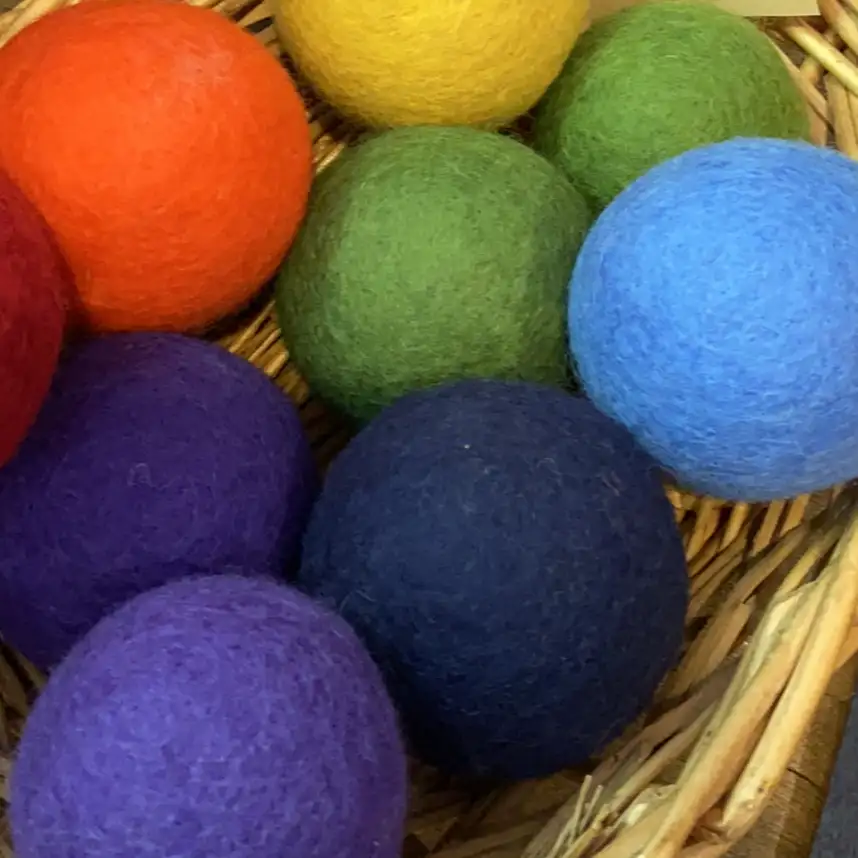len lông cừu alpaca
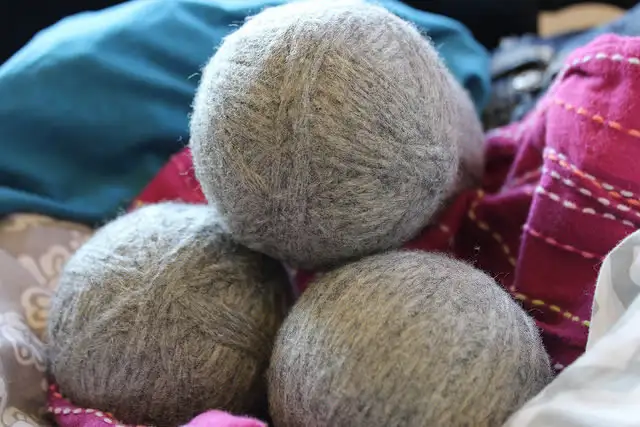
When it comes to staying warm and comfortable, nothing compares to the luxurious feel and warmth of alpaca wool. Known for its incredible softness and superior thermal properties, alpaca wool is becoming a favorite among those who seek a cozy and stylish lifestyle. The fibers of alpaca wool are hollow, which means they provide excellent insulation, keeping you warm without adding bulk. This unique characteristic also allows for breathability, preventing overheating while you enjoy your favorite activities. Additionally, alpaca wool is hypoallergenic, making it a perfect choice for individuals with sensitive skin. So, whether you're snuggled up on the couch or out on a winter adventure, alpaca wool is the cozy essential you've been searching for. Alpaca wool boasts numerous qualities that set it apart from traditional wool. Here are some of the reasons why alpaca wool should be your go-to choice for warm clothing and accessories: Experience the Luxurious Comfort of Alpaca Wool
Why Alpaca Wool is the Ultimate Cozy Essential
Unique Properties of Alpaca Wool
The Versatility of Alpaca Wool Garments
Alpaca wool is not only warm but also incredibly versatile, making it suitable for various garments and accessories. Explore the different ways you can incorporate this cozy essential into your wardrobe:
How to Care for Alpaca Wool
The care for alpaca wool is relatively simple, ensuring your items maintain their luxurious feel and longevity. To care for your alpaca wool garments:
Your New Favorite Cozy Essential
Why You Should Choose Alpaca Wool Over Other Materials
While there are many types of wool and synthetic fibers available, alpaca wool stands out for various reasons. Consider these points when making your next cozy essential purchase:
Layering with Alpaca Wool
Layering is a key component of any winter wardrobe, and alpaca wool is perfect for this purpose. Here are some creative ideas for layering:
The Future of Alpaca Wool Fashion
As consumers become more conscious of sustainable and ethical fashion choices, alpaca wool is increasingly gaining popularity. Brands that focus on offering high-quality alpaca wool garments are emerging, showcasing the beauty and versatility of this natural fiber. By investing in alpaca wool, you are not only enhancing your wardrobe with stylish and cozy essentials but also supporting sustainable practices. Expect to see innovative alpaca wool designs in the fashion industry, as more designers recognize its benefits and beauty.
Final Thoughts
Investing in alpaca wool is a decision that will keep you cozy, stylish, and environmentally conscious. From sweaters to blankets, the luxurious comfort of alpaca wool will become your new favorite. Ensure you choose quality pieces that emphasize both the warmth and elegance of this incredible fiber. Once you experience the soft embrace of alpaca wool, you will understand why it has become a cherished staple in closets around the world.
Frequently Asked Questions
What makes alpaca wool different from sheep wool?
Alpaca wool is softer, lighter, and more durable than sheep wool. It also has superior thermal properties and is hypoallergenic, making it suitable for sensitive skin.
How do I know if my alpaca wool product is high quality?
High-quality alpaca wool products will feel soft and smooth, have a tight knit or weave, and retain their shape after washing. Look for reputable brands that specify their materials and sourcing practices.
Is alpaca wool suitable for people with allergies?
Yes, alpaca wool is hypoallergenic, which means it is less likely to provoke allergic reactions. It contains no lanolin, which is often responsible for allergies in traditional wool.

